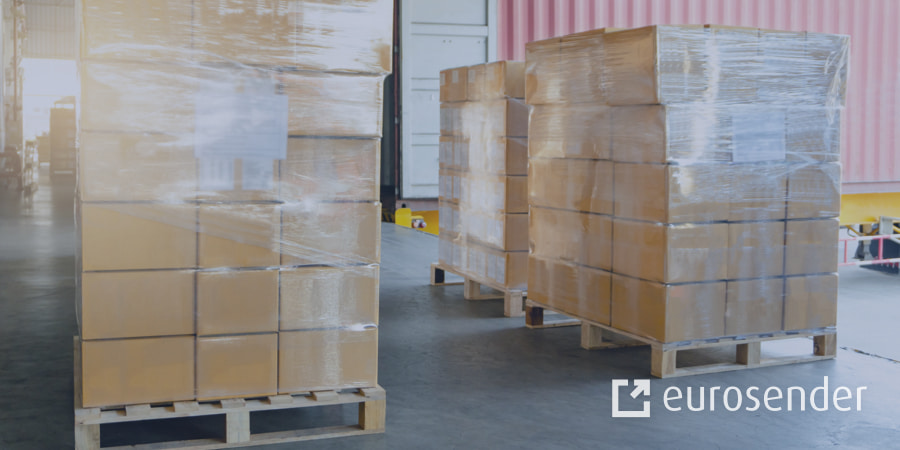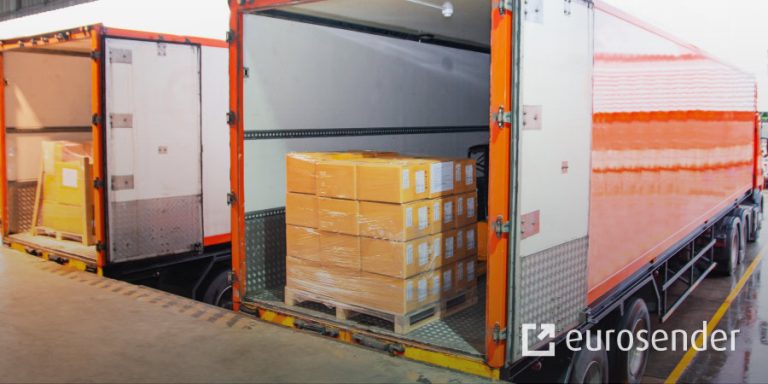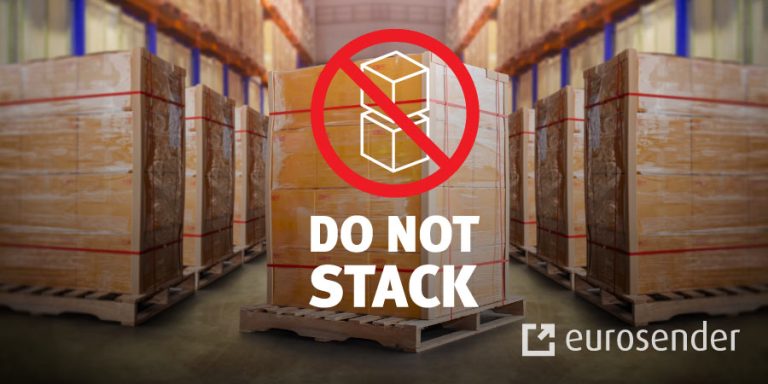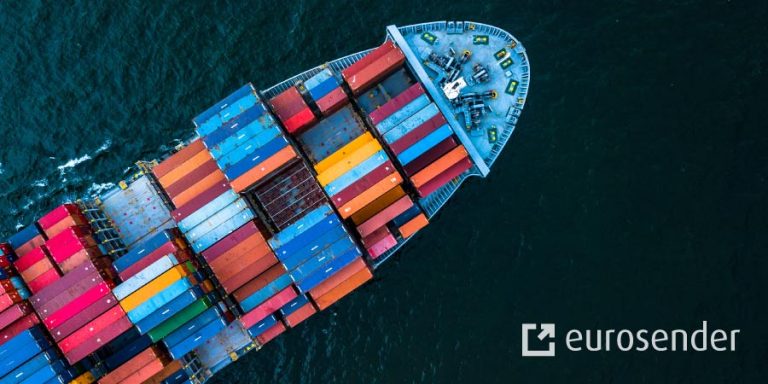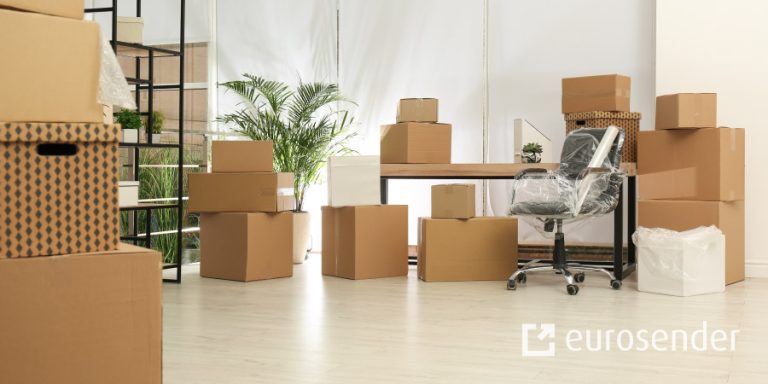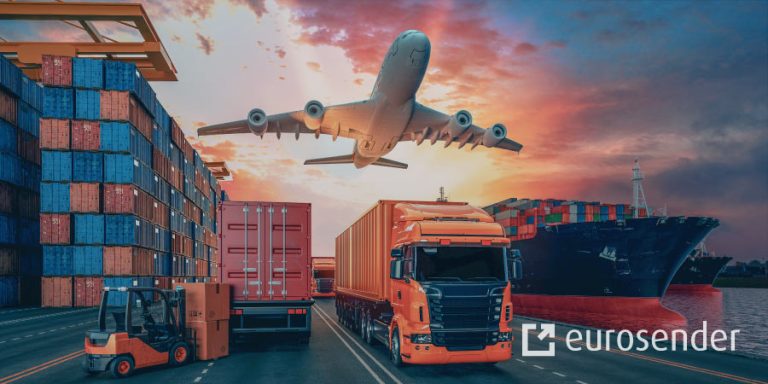Differences Between Pallets and Containers
TL;DR
- Pallets are open platforms that are easier to move and handle, while containers are enclosed metal boxes offering better protection but requiring more equipment.
- Pallets have lower load capacity and are less secure, needing more packing care, whereas containers protect cargo from elements and unauthorized access.
- Container shipping is slower and takes up more terminal space compared to faster pallet delivery.
- Consider factors like cargo type, transit time, budget, and loading equipment availability when choosing between pallets and containers.
Pallets vs containers: both are load units that serve as practical means of transporting cargo. The general idea of using them is to form a group of separate parcels so that a single handling operation can be carried out. Yet, there are differences between shipping goods on pallets and in containers.
The main difference between pallets and containers is that pallets are open platforms while containers are enclosed, with a limited volumetric capacity. Both pallets and containers have pros and cons, which we will present in this article.
- Advantages/disadvantages of pallet shipping
- What is a container?
- Advantages/disadvantages of container shipping
- Summary – which to choose?
Create an account for free!
What is a pallet?
Pallets are the most frequently used type of packaging used in road freight transport. A pallet is a relatively small wooden, plastic or metal platform on which the cargo is loaded for storage or transport. Different types of pallets are used around the world. When booking pallet delivery in Europe, please note that the size of a standard European pallet (also called a EUR-pallet or EPAL-pallet) is 1.2 m x 0.8 m.
Pallet vs container shipping: advantages of using pallets
Pallet advantages
- Pallets are easier to move than containers since they require less equipment
- Faster handling is possible with pallets compared to containers
- Pallets require less time and effort to prepare for shipping
Pallet disadvantages
- Pallets have less load capacity than containers
- Palletised cargo is exposed and less secure
- More packing care is required compared to containers
Read more about:
- Difference between parcel and pallet shipping
- Difference between pallet and crate shipping
- Difference between skid and pallet shipping
What is a shipping container?
A shipping container is a metal box used for transporting, storing, and handling cargo. There are many different types of shipping containers. Their characteristics differ depending on whether they are transported by road, rail, sea or air. The most important properties of shipping containers are their:
- Structure (metal frame)
- Size, ranging from 1.56 m x 1.53 m x 160 m (air freight containers) to 16 m x 2.5 m x 2.9 m (sea freight containers).
Air freight containers are much smaller compared to those transported by sea, road, and rail. These containers can be used almost interchangeably on different transport methods, although the largest containers are normally reserved for sea freight.
Pallet vs container shipping: advantages of using containers
Container advantages
- Excellent protection from all elements during transit
- Containers prevent unauthorised access thanks to special locks
- Refrigerated transport is possible with reefer containers
Container disadvantages
- Containers take up a lot of terminal space
- Loading/unloading containers require more time and effort
- Containers have a short lifespan of approximately 5 years
Read more about:
- What is full container load (FCL)?
- FCL vs LCL container shipping
- What happens to shipping containers lost at sea
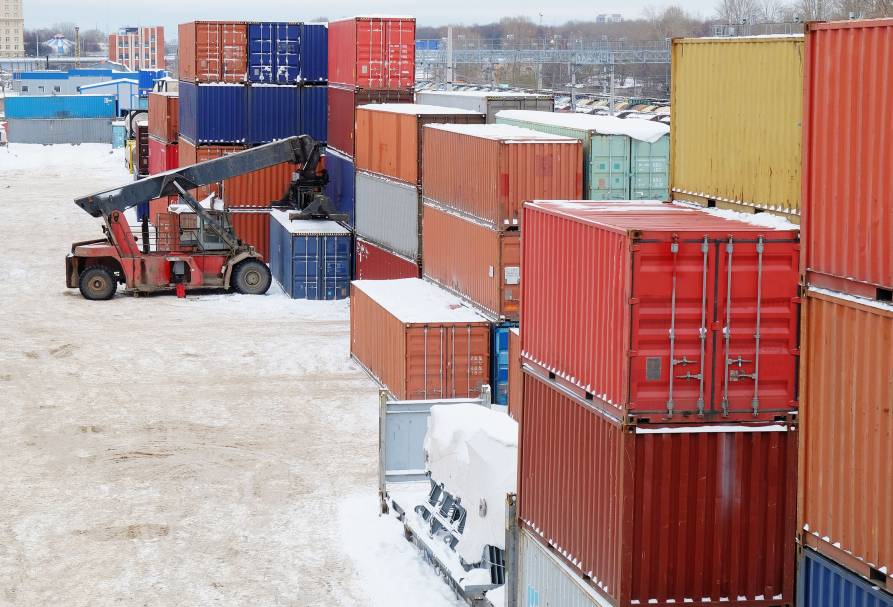
What to consider when comparing pallet vs container shipping
When choosing between pallet or container shipping, consider factors such as:
- Distance from the collection to delivery points
- The type and size of cargo being shipped
- Transit time and urgency (e.g. container shipping via sea freight takes much longer than pallet delivery via road transport)
- Your available budget
- Other specific conditions and requirements
Pallet vs container differences: which should you choose?
Having considered the differences between pallets and containers, you should now find it easier to decide which option you need for your shipment.
Check the quick summary points below to help you make the right decision:
- Pallets are lighter and easier to transport than containers.
- Containers are ideal for transporting fragile or high-value cargo.
- Pallet shipping services are generally much faster than container shipping services.
- Since containers require cranes or special forklifts, make sure these are available on site before booking a container shipping service, otherwise you could opt for a more flexible pallet service.
If you are looking for a reliable logistics service provider offering a wide range of specialist logistics services at very reasonable prices, look no further than Eurosender!
Interested in learning more about pallet and freight shipping? Check all our articles about pallet deliveries.
This article was written in collaboration with Roman Bilozor.
Create an account for free!
About the author
